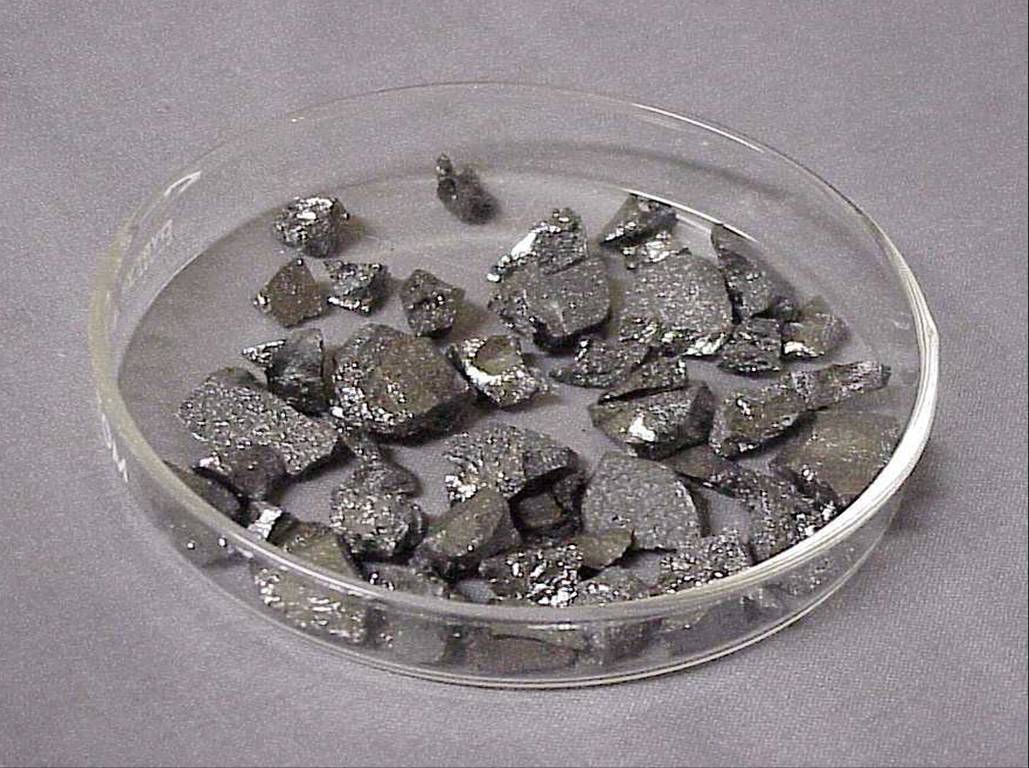The Element Lithium
Electron affinity of Lithium is 59.6 kJ/mol. In chemistry and atomic physics, the electron affinity of an atom or molecule is defined as: the change in energy (in kJ/mole) of a neutral atom or molecule (in the gaseous phase) when an electron is added to the atom to form a negative ion. The hydrogen of hydrogen bombs is actually the compound lithium hydride, in which the lithium is the lithium-6 isotope and the hydrogen is the hydrogen-2 isotope (deuterium). This compound is capable of releasing massive amounts of energy from the neutrons released by the atomic bomb at its core.
- C) the mass of an atom = atomic mass / Avogadro's number which for lithium is 6.941 / 6.022. 10 ^ 23 = 1.152 607 107. 10 ^ -23 g or 1.152 607 107. 10 ^ -20 kg wavelength = h / (1.152 607 107.
- Li I Ground State 1s 2 2s 2 S 1 / 2 Ionization energy 43487.150 cm-1 (5.391719 eV) Ref. K87 Li II Ground State 1s 2 1 S 0 Ionization energy 610078 cm-1 (75.6400 eV) Ref. DM01-1 (75.6400 eV) Ref.
[Click for Isotope Data]
Atomic Number: 3
Atomic Weight: 6.941
Melting Point: 453.65 K (180.50°C or 356.90°F)
Boiling Point: 1615 K (1342°C or 2448°F)
Density: 0.534 grams per cubic centimeter
Phase at Room Temperature: Solid
Element Classification: Metal
Period Number: 2
Group Number: 1
Group Name: Alkali Metal
What's in a name? From the Greek word for stone, lithos.

Say what? Lithium is pronounced as LITH-ee-em.
History and Uses:
Lithium was discovered in the mineral petalite (LiAl(Si2O5)2) by Johann August Arfvedson in 1817. It was first isolated by William Thomas Brande and Sir Humphrey Davy through the electrolysis of lithium oxide (Li2O). Today, larger amounts of the metal are obtained through the electrolysis of lithium chloride (LiCl). Lithium is not found free in nature and makes up only 0.0007% of the earth's crust.
Many uses have been found for lithium and its compounds. Lithium has the highest specific heat of any solid element and is used in heat transfer applications. It is used to make special glasses and ceramics, including the Mount Palomar telescope's 200 inch mirror. Lithium is the lightest known metal and can be alloyed with aluminium, copper, manganese, and cadmium to make strong, lightweight metals for aircraft. Lithium hydroxide (LiOH) is used to remove carbon dioxide from the atmosphere of spacecraft. Lithium stearate (LiC18H35O2) is used as a general purpose and high temperature lubricant. Lithium carbonate (Li2CO3) is used as a drug to treat manic depression disorder.
Lithium reacts with water, but not as violently as sodium.
Estimated Crustal Abundance: 2.0×101 milligrams per kilogram
Estimated Oceanic Abundance: 1.8×10-1 milligrams per liter
Number of Stable Isotopes: 2 (View all isotope data)
Ionization Energy: 5.392 eV
Oxidation States: +1
Electron Shell Configuration: | 1s2 |
2s1 |
For questions about this page, please contact Steve Gagnon.
Write the Hamiltonian for the lithium atom?
1 Answer
For the Schrodinger equation
the wave function
The energy consists of the components which describe:
- kinetic energy of each individual electron (
#K_e# ) - kinetic energy of the nucleus (
#K_n# ). This is assumed zero based on the Born-Oppenheimer Approximation. - instantaneous coulombic repulsion energy (two-particle interactions;
#V_(ee)# ). Also known as 'interelectronic repulsion'. - nucleus-electron coulombic attraction energy (
#V_(n e)# ); really, it's a proton-electron attraction. - nuclear repulsion energy (
#V_(n n)# ), assumed constant via the Born-Oppenheimer Approximation, which states that nuclear and electronic motion can be decoupled due to the large mass difference between nuclei and electrons. Hence, the nuclei are essentially stationary.

That means the Hamiltonian operator for an
for each operator corresponding to the energy-component observables above. For lithium, we must use spherical harmonics (coordinates of
So, the Hamiltonian operator using atomic units for simplicity (relatively speaking...) is:
where:
#hatL_i^2 = hatL_(ix)^2 + hatL_(iy)^2 + hatL_(iz)^2#
is the square of the angular momentum operator for electron
#vecr_i# is the radial distance between electron#i# and the nucleus.#vecr_(ij)# is the radial distance between electron#i# and electron#j# , where#mathbf(i ne j)# .#del/(delvecr_i)# is the partial derivative with respect to the radial distance of electron#i# from the nucleus.#Z# is the atomic number.- The atomic units simplified
#-h^2/(8pi^2m)# as#-1/2# for the coefficient of the kinetic energy operator. - The atomic units simplified
#-(Ze)/(4piepsilon_0vecr_i)# as#-Z/(vecr_i)# for the nucleus-electron coulombic attraction. - The atomic units simplified
#(e^2)/(4piepsilon_0vecr_(ij))# as#1/(vecr_(ij))# for the interelectronic repulsion.
That's the short version, anyway. The full version (still in atomic units) is here:
Ignoring interelectronic repulsions for hydrogen-like lithium (
or if including the wave function operated on, it would be:

The wave function... for obvious reasons, will be written as the short version.
Lithium Atom Facts
where:
Picture Of Lithium Atom
#R_(nl)(vecr_i)# is the radial wave function for electron#i# .#Y_(l)^(m_l)(theta_(ij))# for#i ne j# is the angular wave function for the angular separation between electron#i# and electron#j# .#n# ,#l# , and#m_l# are the typical quantum numbers.
You can find the full general
Related questions
